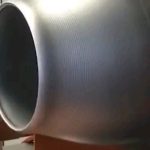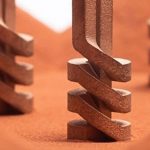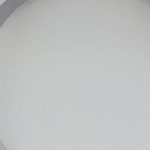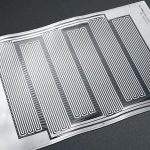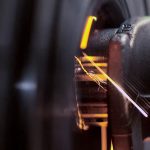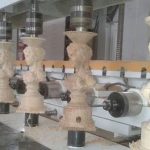What is part deformation?
Part deformation is defined as the deviation of the part appearance from the original shape after release from the component. In general, the deformation can come from various variables such as material type, inherent residual stresses in bulk material, residual stresses caused by cnc machining, component design, etc. emphasizes in part. If we look at the cause, these inherent residual trends usually result from different manufacturing processes, e.g. damping, forging, extrusion, casting, welding, machining, shaping, etc.
Residual stresses caused by CNC machining can cause deformation of components.
How can I minimize part distortion?
Deformation is a common challenge in the manufacture of industrial components. Suggestions for minimizing or eliminating distortion appear as follows:
- 1) The length to thickness ratio of the component design is less than 10: 1.
- 2.) Preheat the metal part before fabrication to relieve stress. For example, the general stress relief condition for the AISI 4340 steel alloy is at 650-670 ° C for 2 hours, a slow cooling oven.
- 3.) According to our experience in CNC machining service, the deformation increases with the size of the cutter at constant feed, speed, cutting depth and material removal rates.
- 4.) Given that the WEDM process involves complete immersion, it imposes almost no pressure on the metal part.
With optimized production process flow, we are able to minimize any distortion on all CNC machining components. Also, the selection of suitable cutting tools and CNC machining parameters is of utmost importance. Note that the choice of cutting tool size is the key to achieving a balance between productivity and the geometric constraints of the component.

